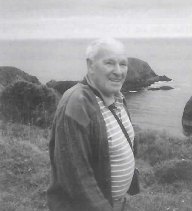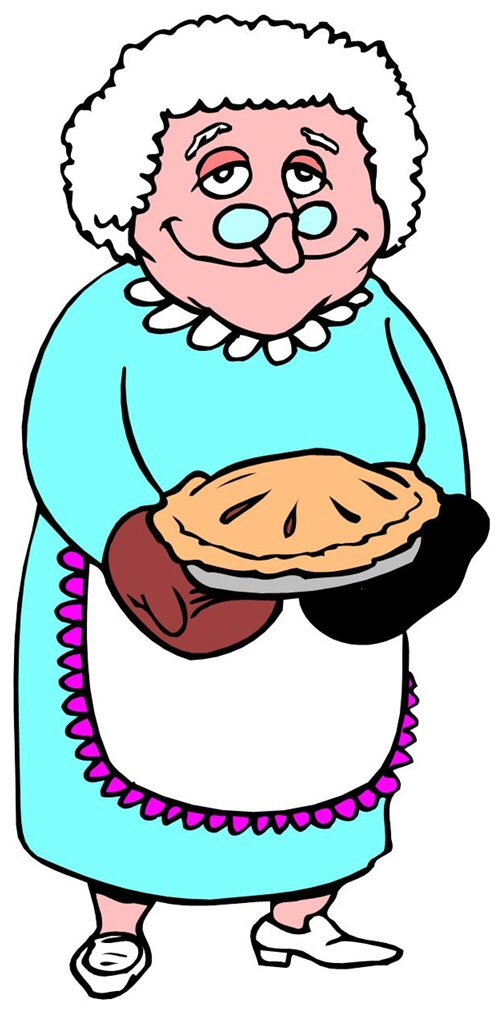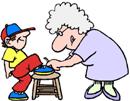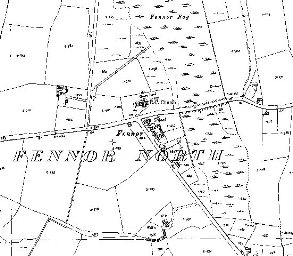Fenor 2010 – Growing and Changing
“The Confraternity”
by Bob Rockett
[ A confraternity is normally a Roman Catholic organization of lay people created for the purpose of promoting special works of Christian charity or piety, and approved by the Church hierarchy. Confraternity activities are often associated with burial as parishioners sometimes find it difficult to pay for the funeral arrangements. This was particularly so in former times. In this article, Bob Rockett gives us his particular slant on the Confraternity. – Comms Team. ]
 “Sunday is Confraternity Sunday”. This was an announcement most likely to be made at the main meal on the previous Thursday or Friday when all the family was likely to be assembled. In most cases it was not entirely welcome, especially by the male members. It involved examination of conscience, trying to sort out the deliberate indiscretions, and making excuses where the prevailing situation created doubt as to the seriousness of the offence. Were the circumstances in your favour to make it a venial or the more serious mortal sin? Not conducive to a carefree weekend.
“Sunday is Confraternity Sunday”. This was an announcement most likely to be made at the main meal on the previous Thursday or Friday when all the family was likely to be assembled. In most cases it was not entirely welcome, especially by the male members. It involved examination of conscience, trying to sort out the deliberate indiscretions, and making excuses where the prevailing situation created doubt as to the seriousness of the offence. Were the circumstances in your favour to make it a venial or the more serious mortal sin? Not conducive to a carefree weekend.
A further reminder was issued mid-Saturday. How could one forget? You cleaned up Saturday evening making your way to the village to join the other penitents, male and female, in similar frame of mind. Any distraction was welcome to counter the idea of having to bare your soul, only having entertained thoughts of what might be the delight of the aforethought exercise.
Confraternity Sunday in the long summer evenings. The village was busy, lads arriving to the local shop for their cigarettes, razor blades and perhaps hair oil. There would be lads lining up for haircuts. There was a few competent local barbers with the little clippers and there was no charge. Heads and hair were neatly kept.
The church, from the outside, looked calm and peaceful. Perhaps less so inside as penitents took their places at each side of the confessional box, males on the left and females on the right. The old box was not constructed to provide privacy, except for the priest. He was seated in his small cubicle with a small slide on each side which he drew alternately, holding his ear to the grill and listening attentively, issuing the appropriate penance and dispensing absolution.
 Having been shrived, you recited your penance and went out the door like a shot. It was notable that confraternity members made an effort to refrain from uttering the usual expletives at least until after Sunday. Sunday morning was a trial, going about the usual routine on an empty stomach, portraying your best devout poise as if you were enjoying it. The church sported the banners denoting the different guilds, i.e., Sacred Heart, St. Joseph. The females on the left side approached the altar first for Holy Communion and then the males on the right. There was always the few hard men who didn’t conform to confraternity discipline. They tended to throw cold water on what they oft called “the holy Joes”.
Having been shrived, you recited your penance and went out the door like a shot. It was notable that confraternity members made an effort to refrain from uttering the usual expletives at least until after Sunday. Sunday morning was a trial, going about the usual routine on an empty stomach, portraying your best devout poise as if you were enjoying it. The church sported the banners denoting the different guilds, i.e., Sacred Heart, St. Joseph. The females on the left side approached the altar first for Holy Communion and then the males on the right. There was always the few hard men who didn’t conform to confraternity discipline. They tended to throw cold water on what they oft called “the holy Joes”.
Their bluff was called back in 1938. The area was subjected to four nights of fierce thunder and lightning. Nothing like it has occurred since. It created fear, especially among hard men, and some were said to have pleaded to be spared until Saturday to make their peace with God. The priest at the time made the observation in his Sunday sermon that a good thunder storm was better than a mission. He had been kept busy hearing confessions the previous evening.
Village life in those times seems to have been more ordered – at least it would seem that way to those of advanced years. Communications and conversation between neighbours is no longer a feature of the 21st Century.
[ The picture on the right shows a typical confraternity banner. It is of Naoṁh Ioseṗ (Saint Joseph). The banners were carried on vertical poles and, when in church, the poles were slotted through the brass rings that can still be seen on the ends of the benches. – Comms Team. ]

 This is the name of an article by Mrs. Rita Byrne in the book Fenor 2010 – Growing and Changing. Eight women shared their experiences with Rita who recorded the conversations on an old-fashioned “steam tape cassette” and transcribed them for the book. Isn’t it what we all say we should do when we meet with the older generation and get them talking? But we don’t do it and the memories are lost for ever.
This is the name of an article by Mrs. Rita Byrne in the book Fenor 2010 – Growing and Changing. Eight women shared their experiences with Rita who recorded the conversations on an old-fashioned “steam tape cassette” and transcribed them for the book. Isn’t it what we all say we should do when we meet with the older generation and get them talking? But we don’t do it and the memories are lost for ever.
